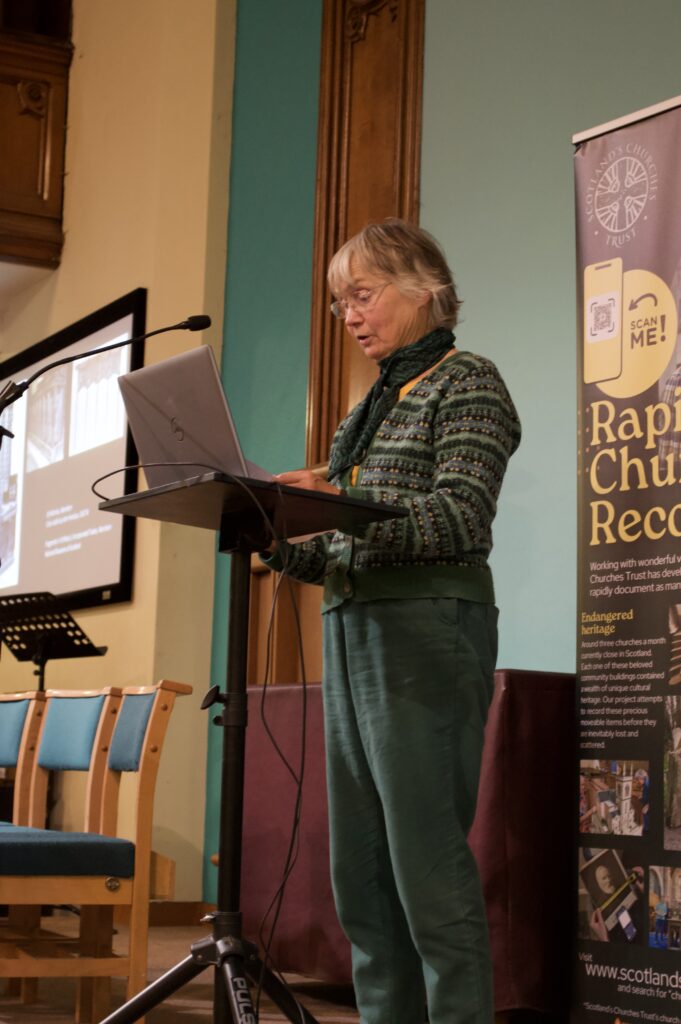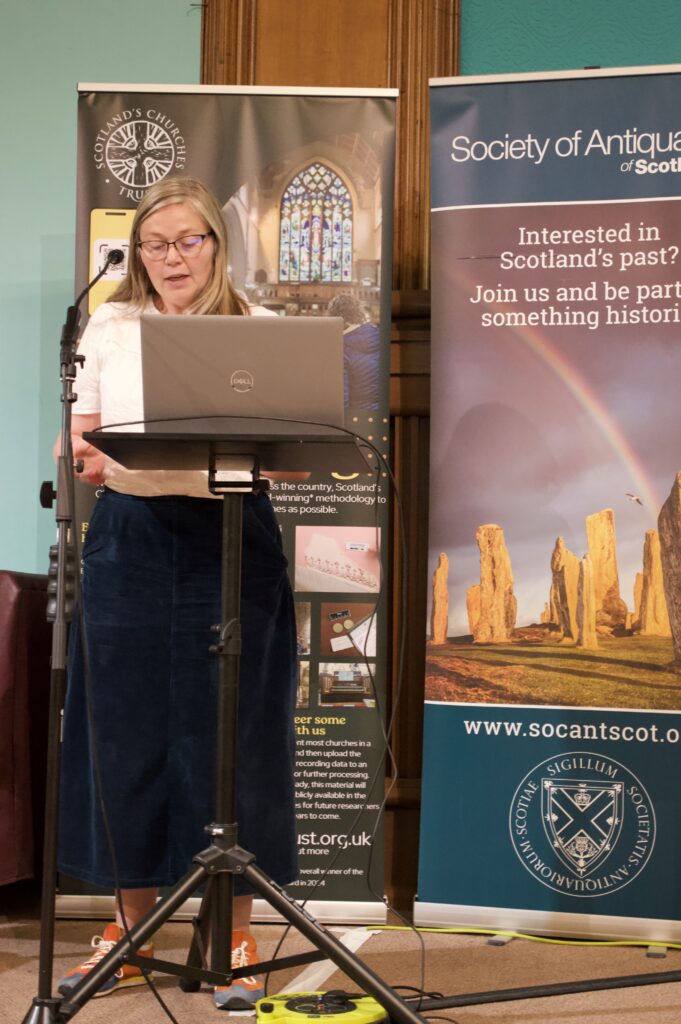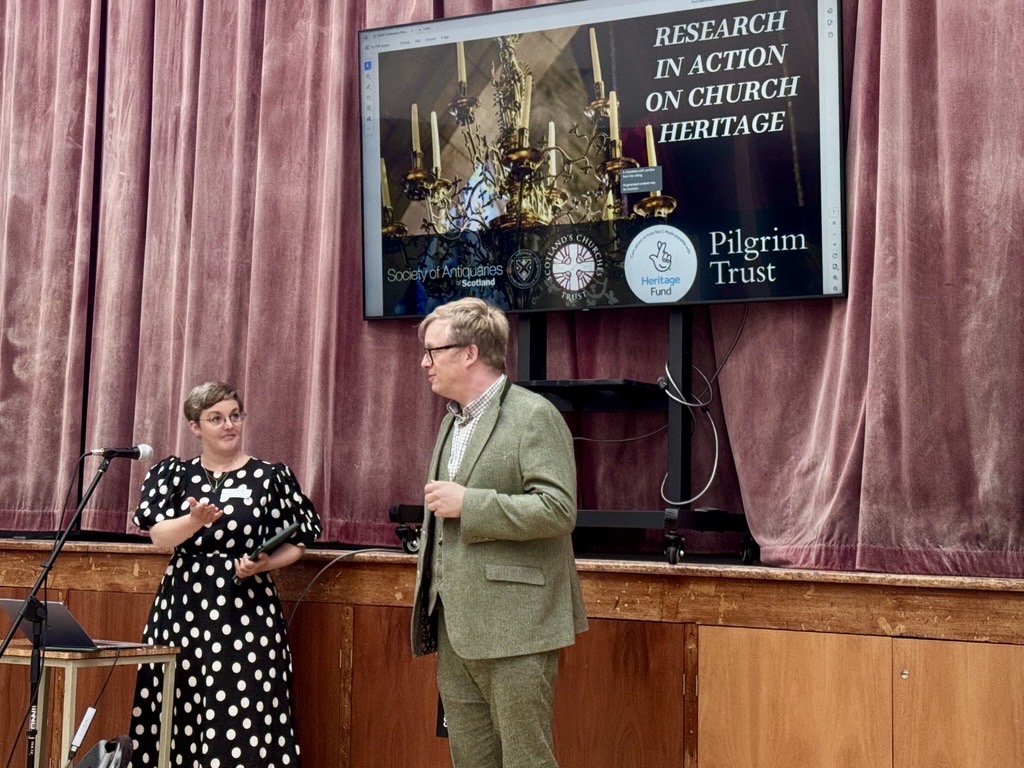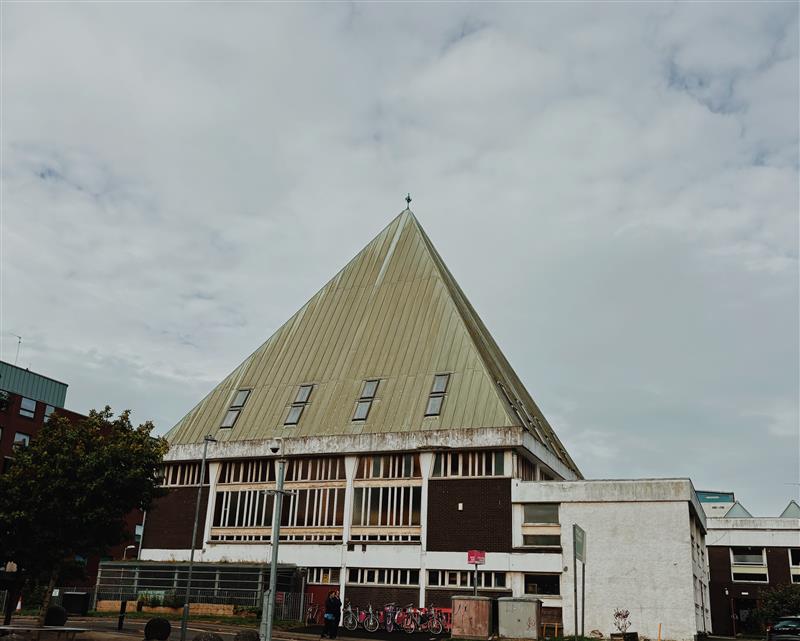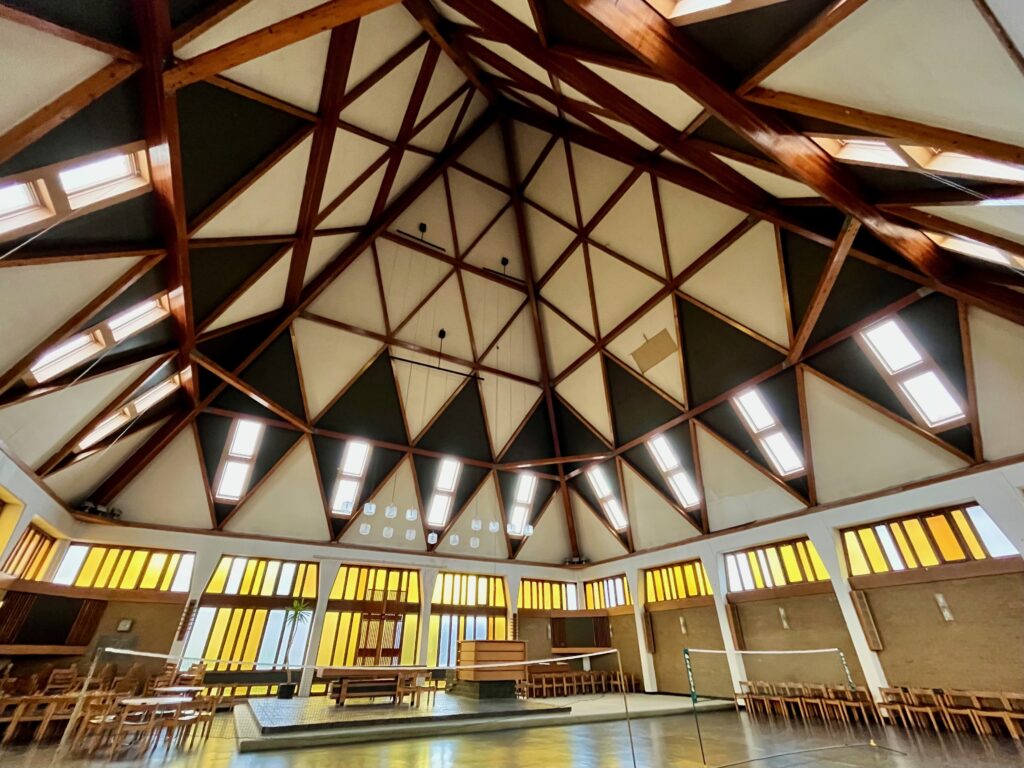In September, we were delighted to welcome around 80 attendees both in person and online to the launch symposium for Research in Action on Church Heritage. It was a fantastic afternoon of talks, discussion and connection, and a wonderful way to share this project.
Exploring Churches Through Objects and Stories
The symposium opened with a series of 20 lightning talks, each offering a snapshot of material culture from Scotland’s churches. From fonts to heraldry, stained glass to covenant banners, each of our expert speakers showed how the physical fabric of a church can give us insights into the history of a congregation and community.
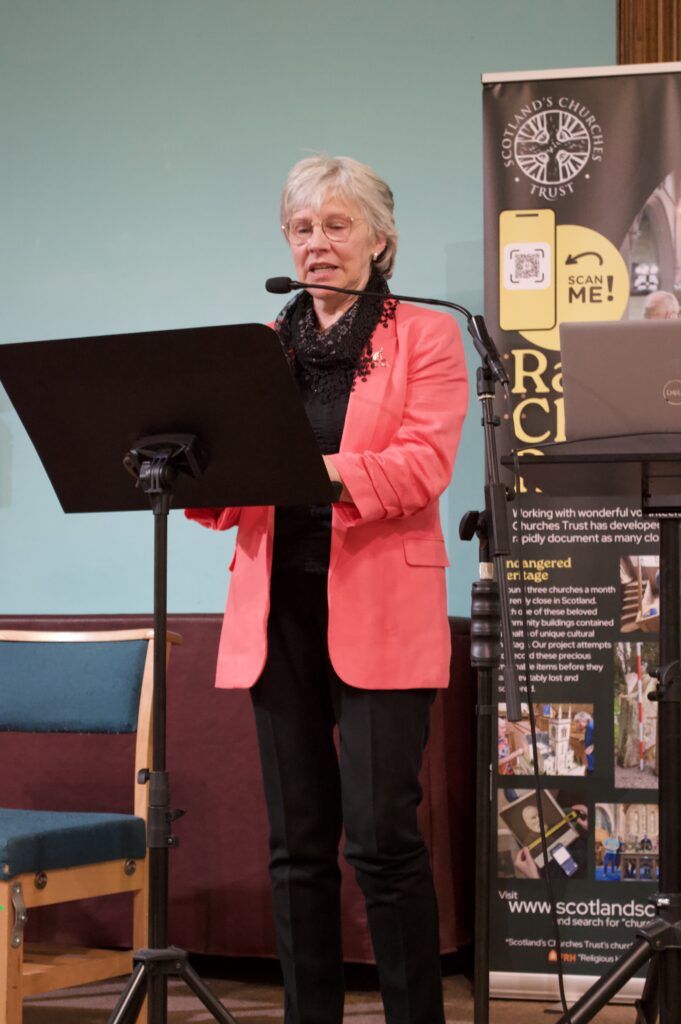
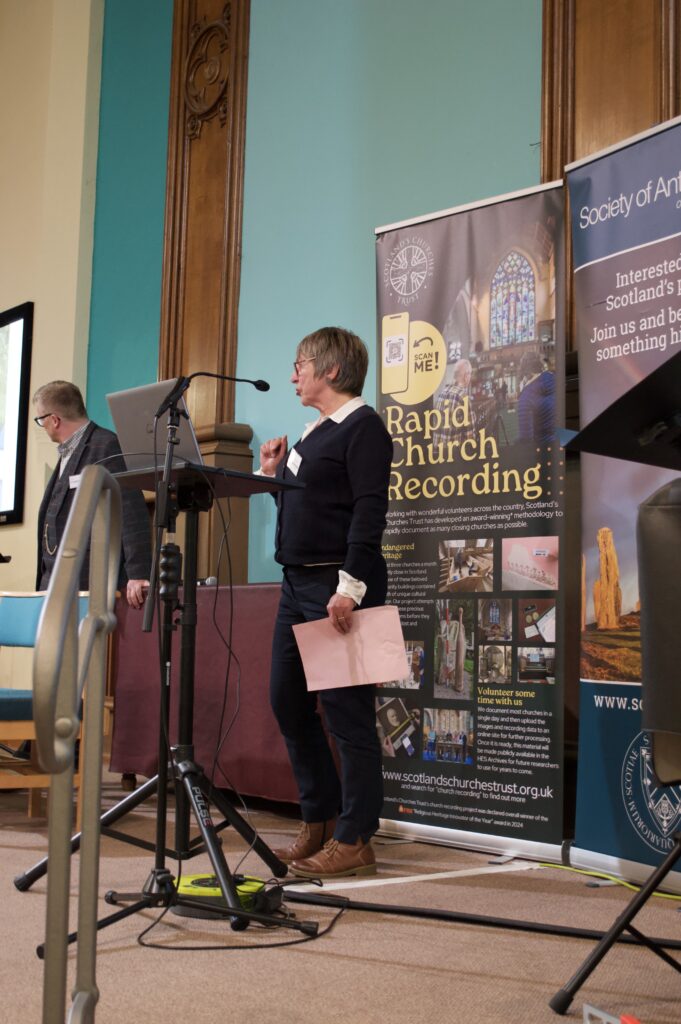
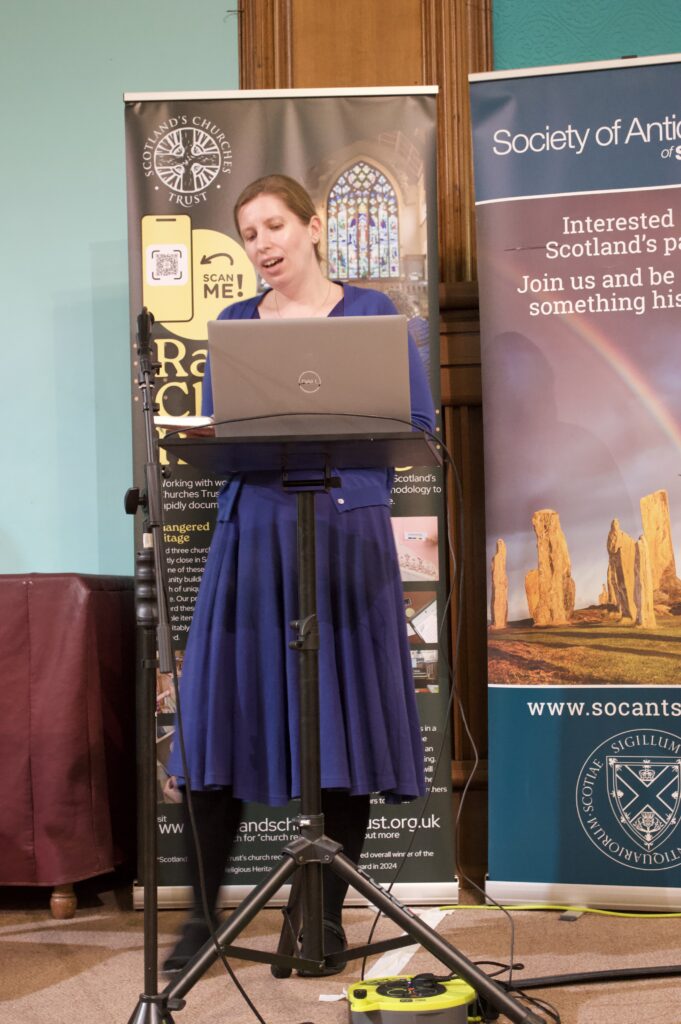

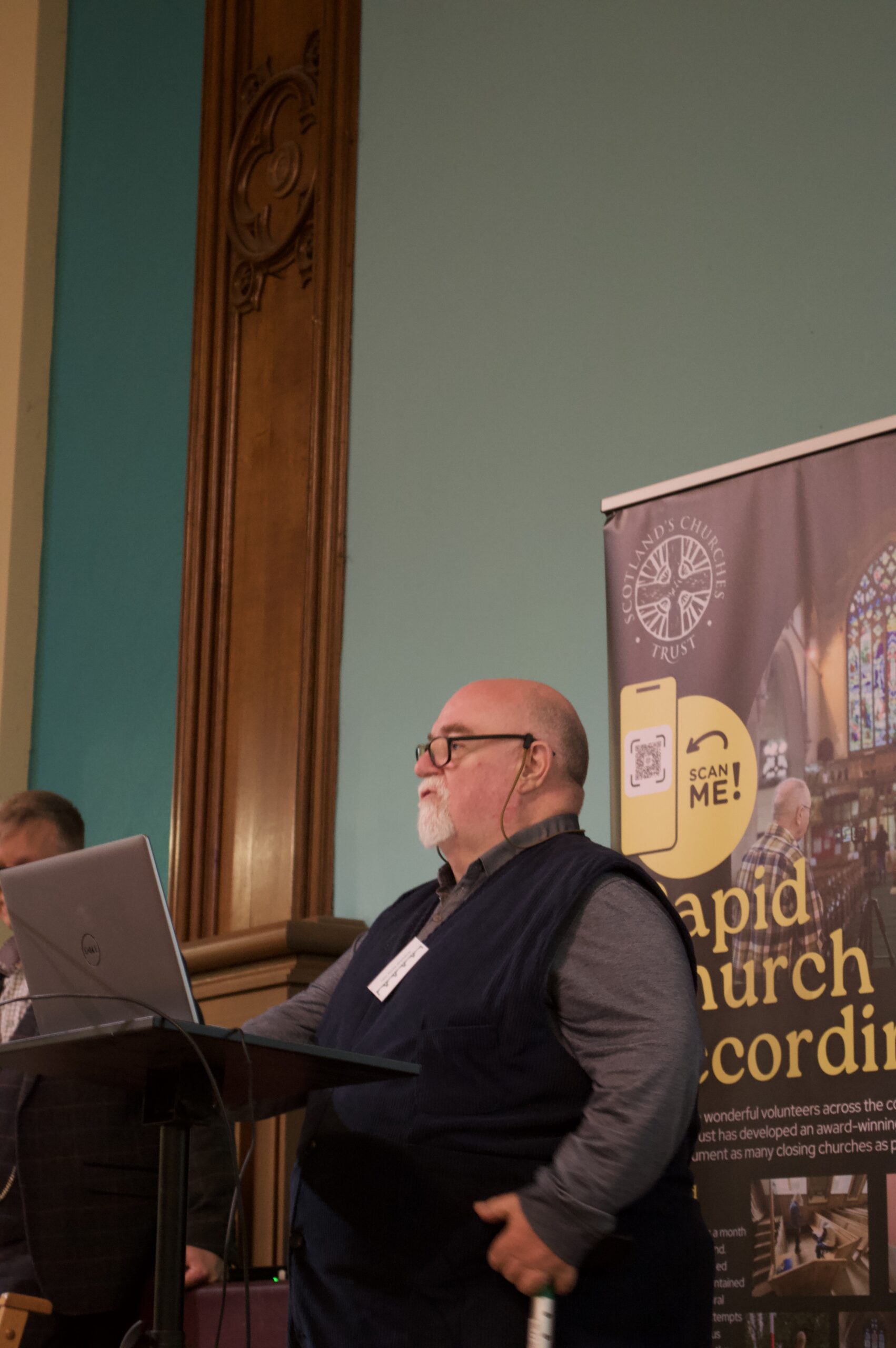

In the second part of the afternoon, Lizzie hosted a roundtable discussion with Craig Stanford (HES), Victoria Collison-Owen (Historic Churches Scotland) and Richard Oram (University of Stirling), which drew out some of the challenges which face people and church buildings – looking to the past, present and future.
“The crisis in ecclesiastical churches often intersects with crises in our society in troubling ways” – Bess Rhodes

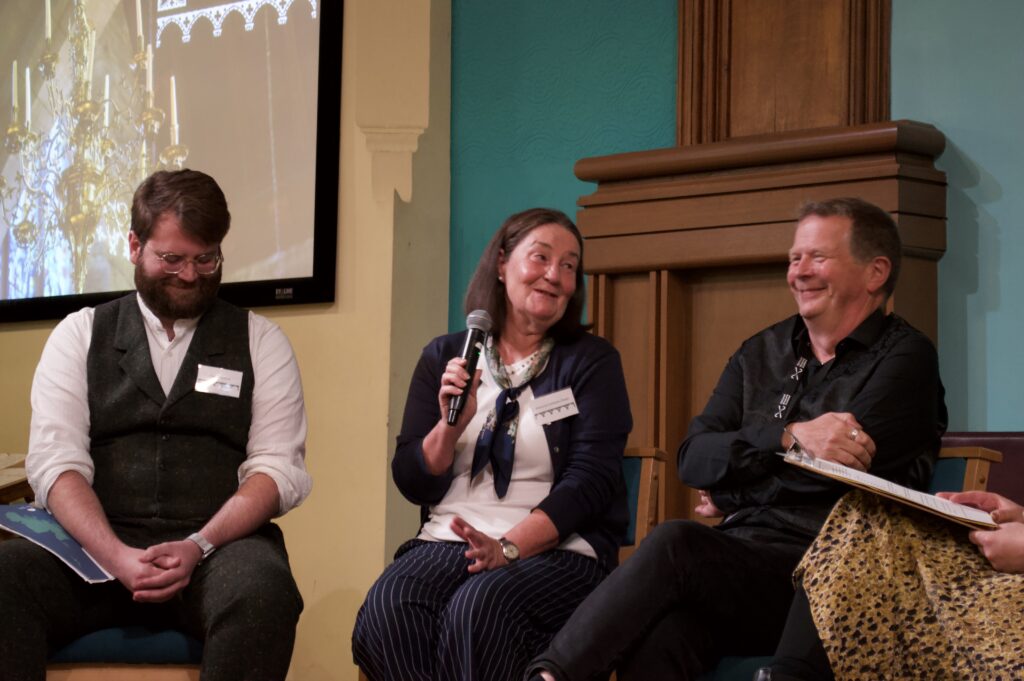
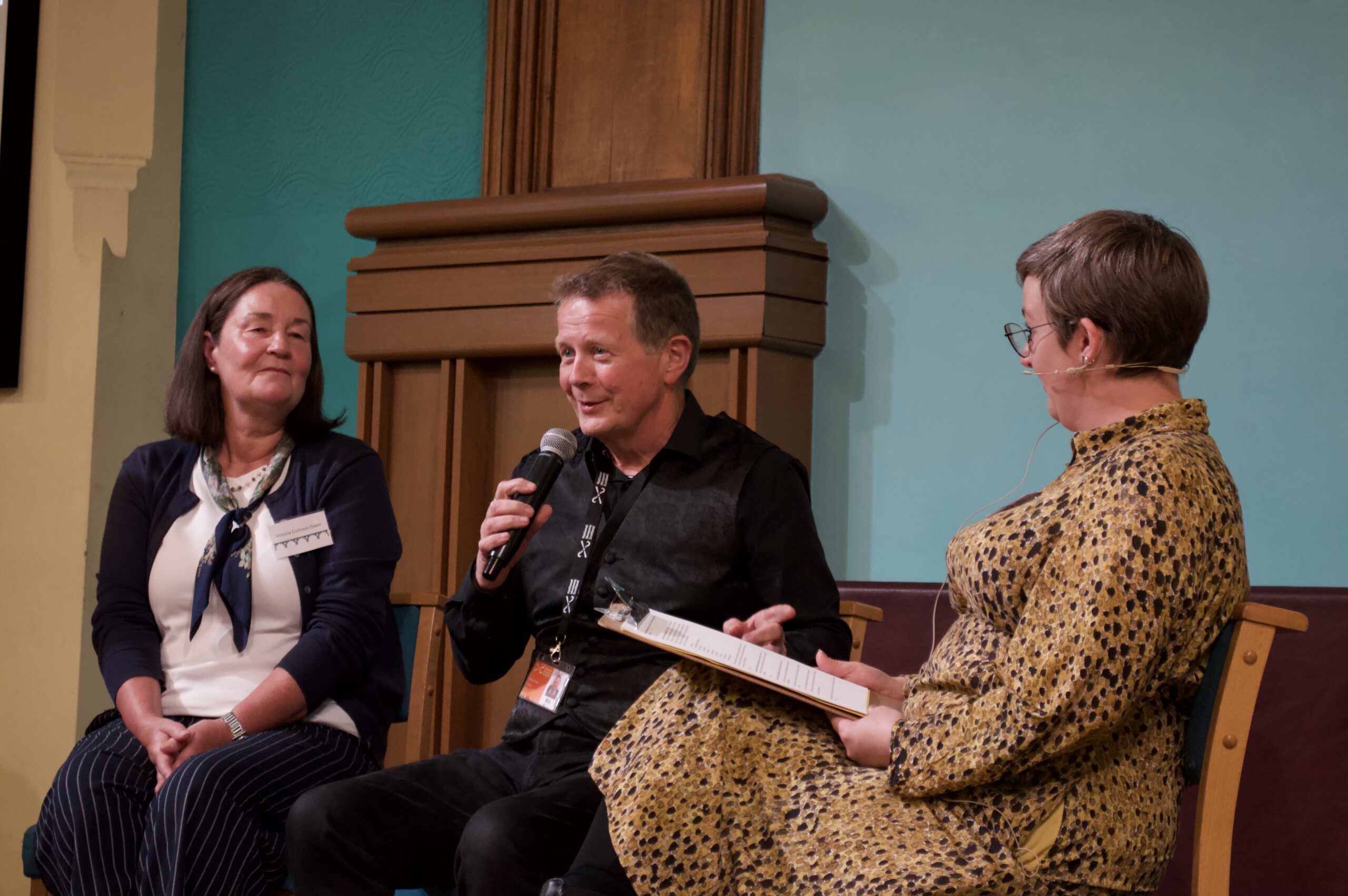
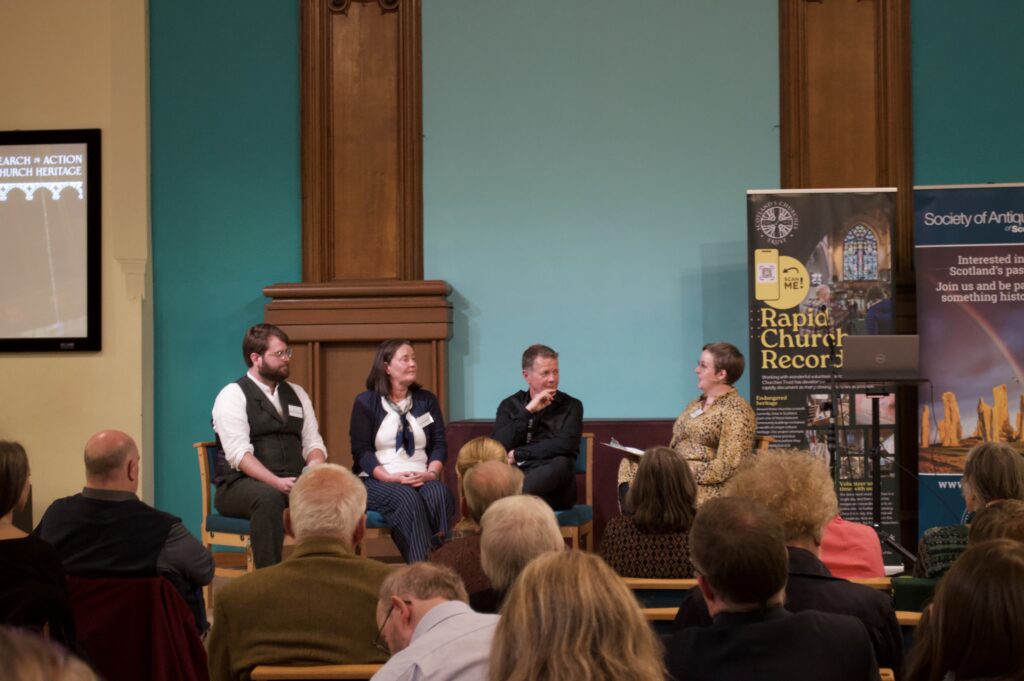
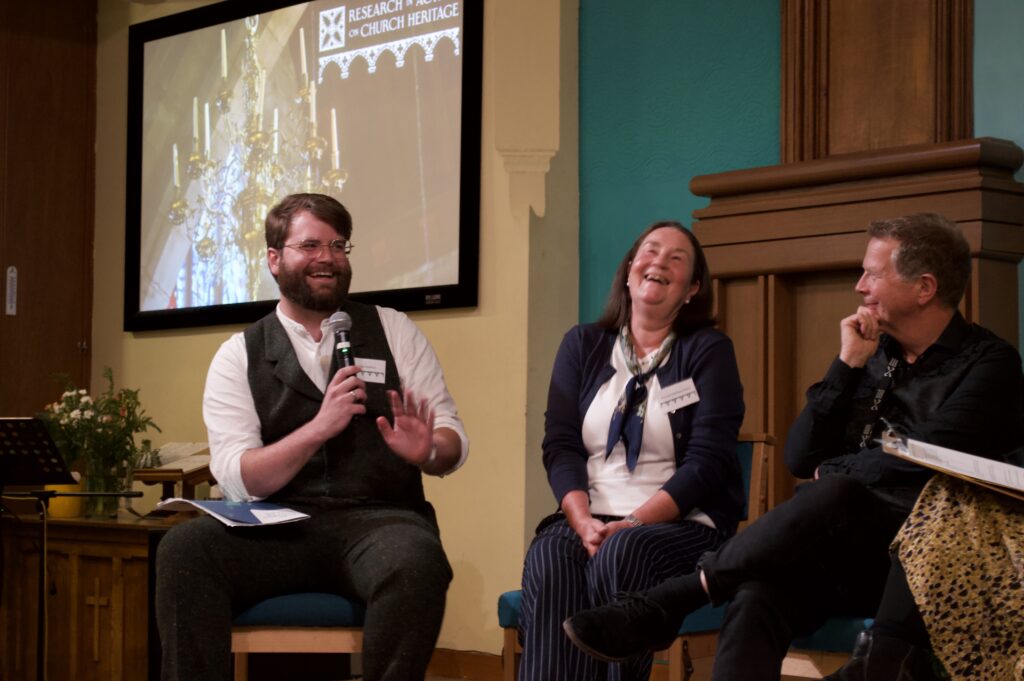
Building Networks
The symposium was valuable for the conversations that it sparked, and the coffee breaks and drinks reception were filled with lively conversations. We hope that many attendees have created important new connections that will continue beyond the event.
“It’s not just about the buildings; it’s about the people” – Richard Oram

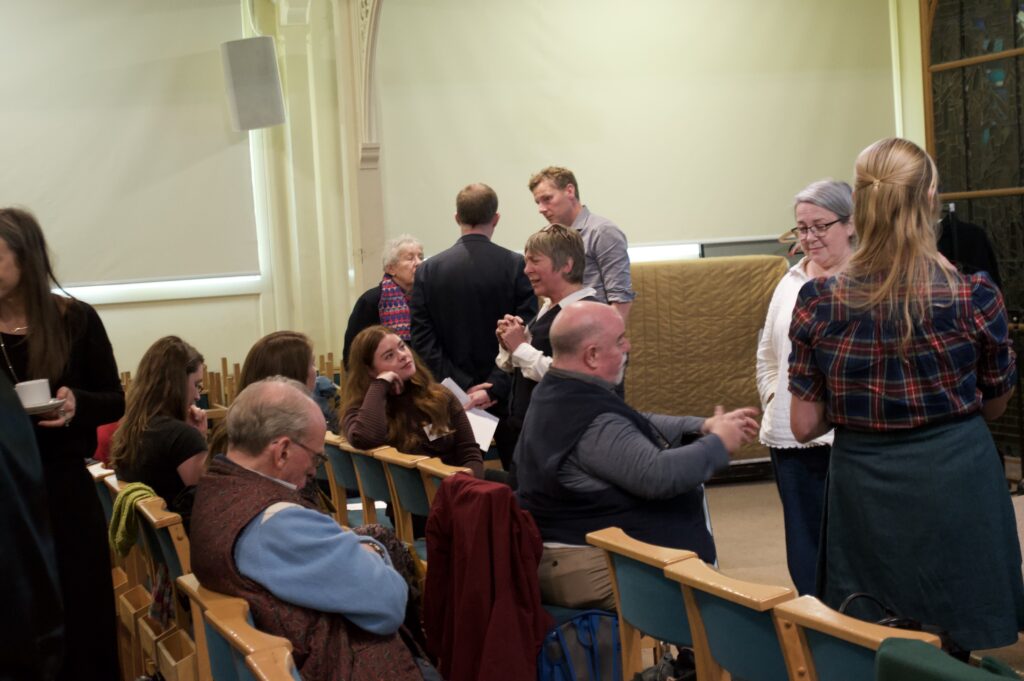
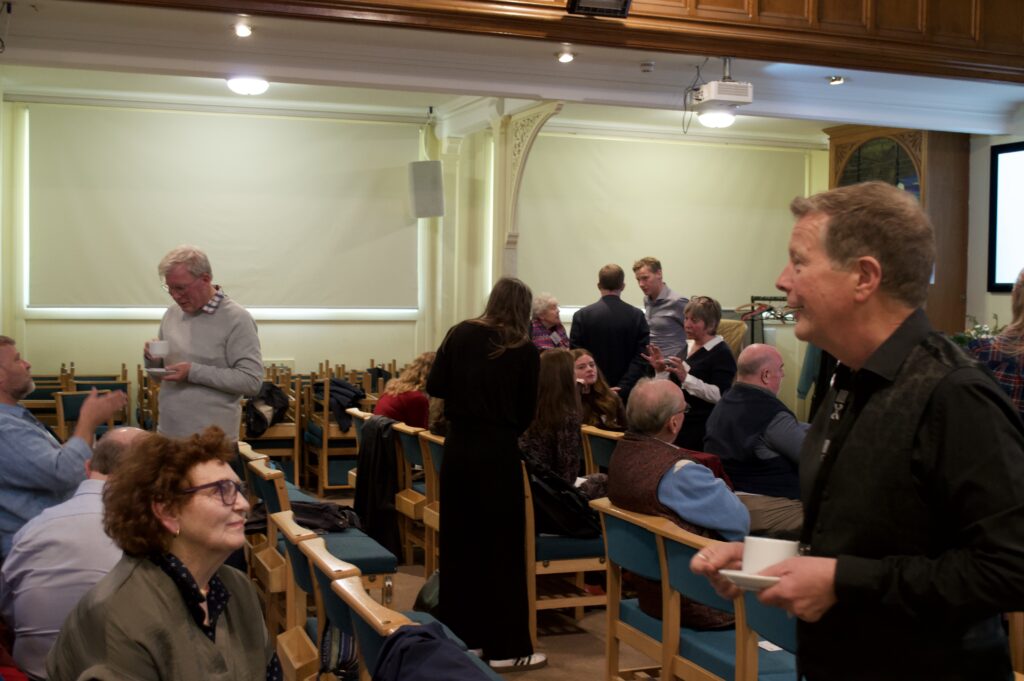
Launching the Action Group
The symposium also marked the launch of the Action Group, a network for those interested in shaping the future of Scotland’s churches. The Action Group functions as a network of friendly experts, who can share their knowledge on different aspects of church heritage, and support congregations, communities and churches in times of transition.
“It’s hard to take a national approach when all of these buildings are unique” – Craig Stanford

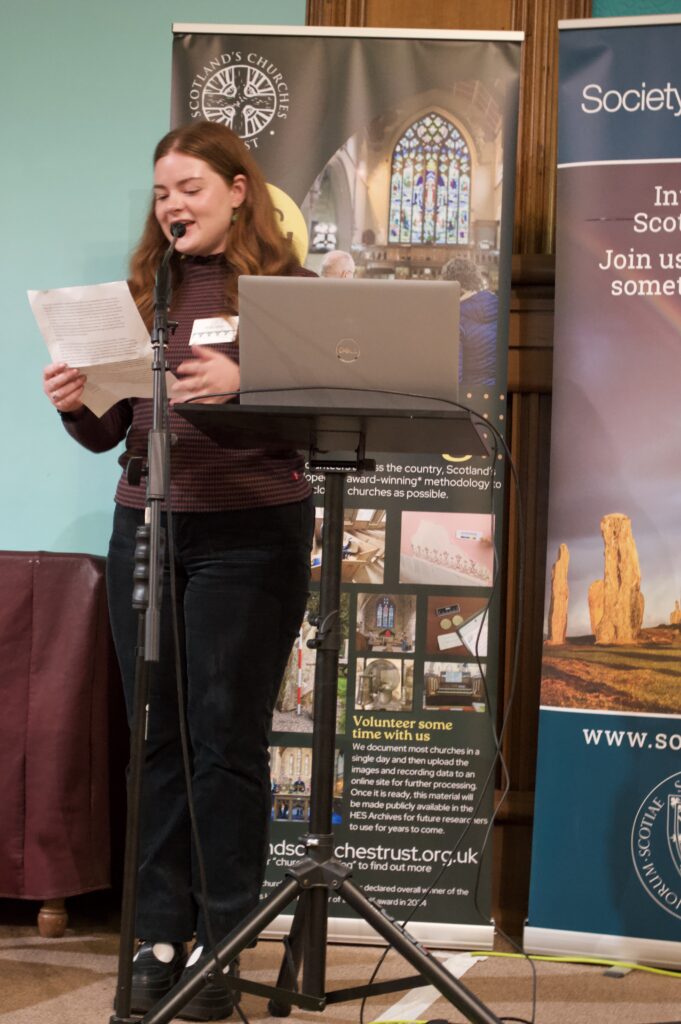
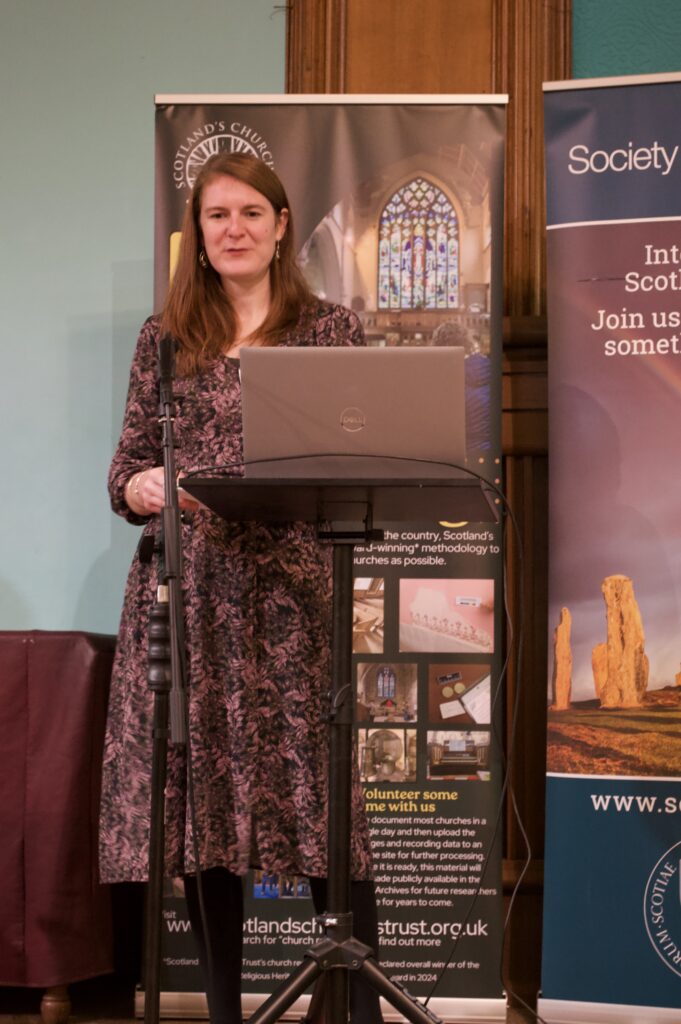
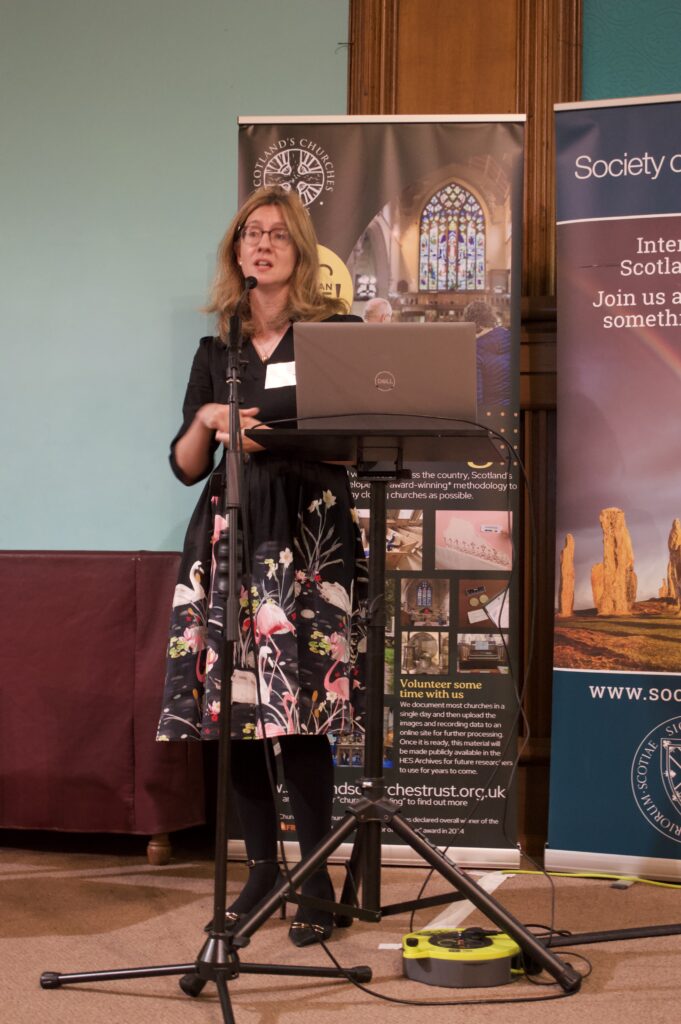
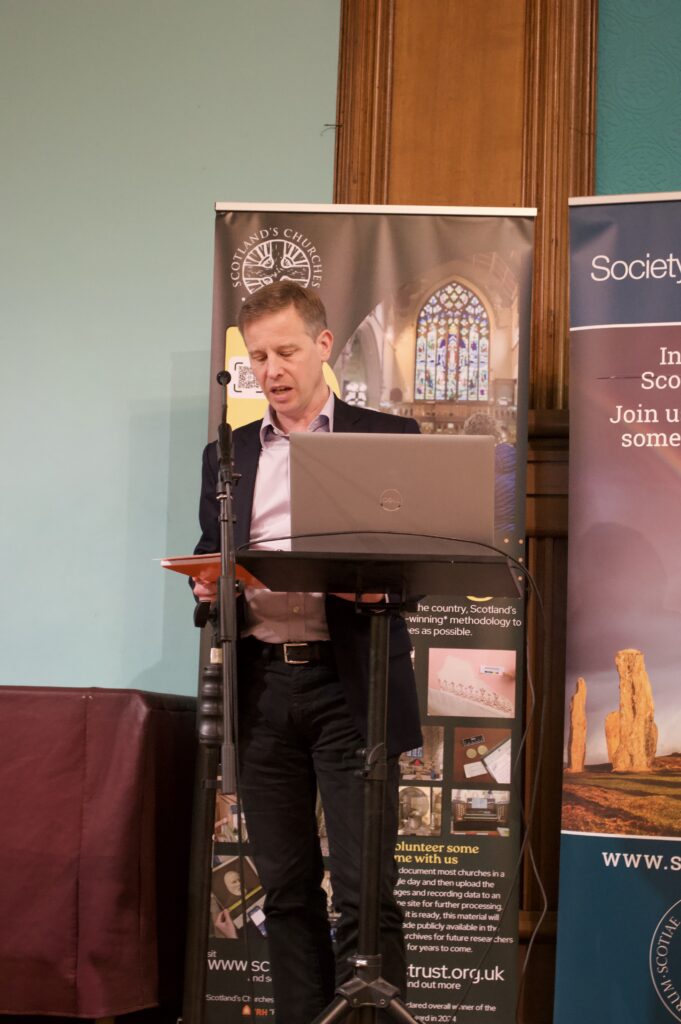

We also unveiled our new project website, which will be a hub for updates, reflections and shared resources. We will be continually updating the website with project news, events and the forthcoming database.
Key Messages from the Day

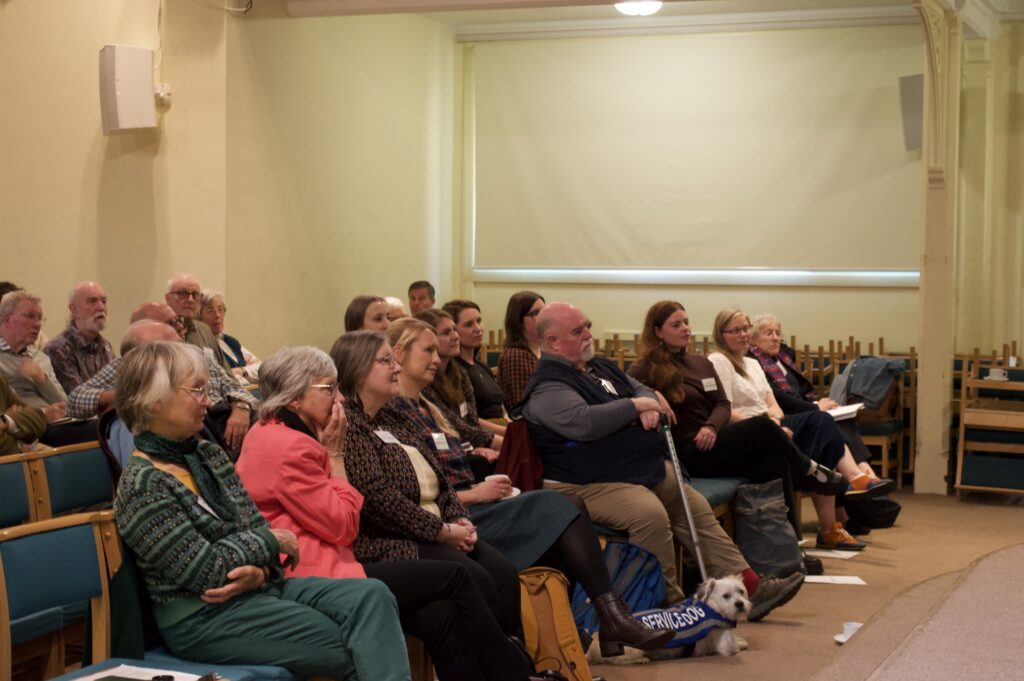
The day left us with some important reminders:
- Material culture tells stories – The objects and fabric of churches reflect the lives, values and histories of communities
- Collaboration is essential – Sharing knowledge, data and approaches is vital for moving forward
- No two churches are alike – Each place of worship is unique and solutions must reflect that individuality
- People and buildings are inseparable – Heritage is not only about the buildings, but also memory, community and belonging
“The buildings belong to communities… these can be communities of place and global communities of interest” – Victoria Collison-Owen
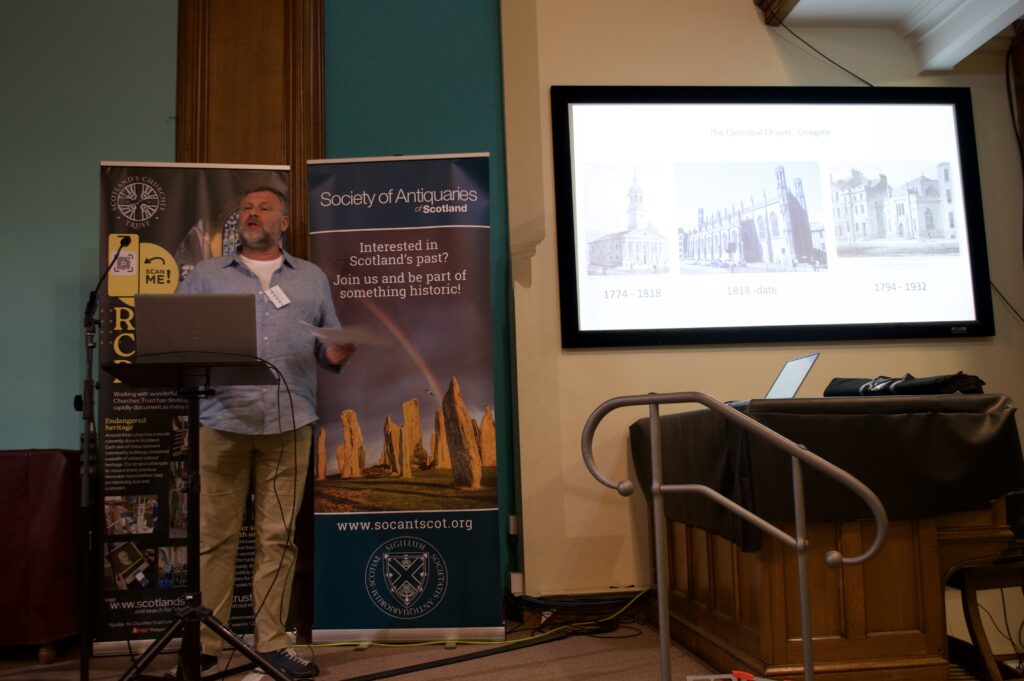
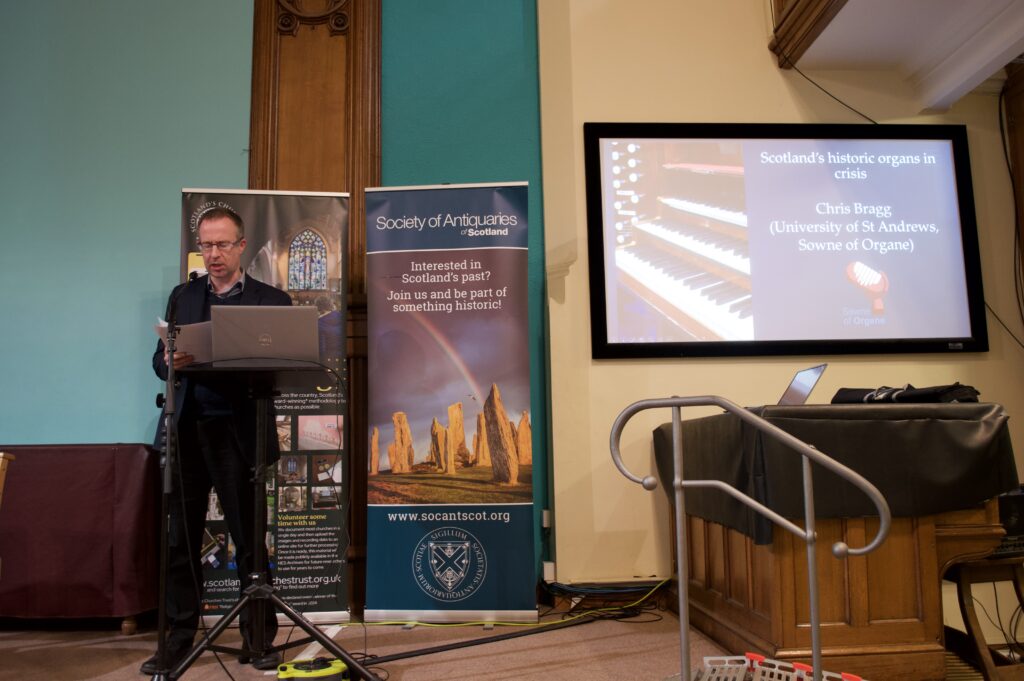
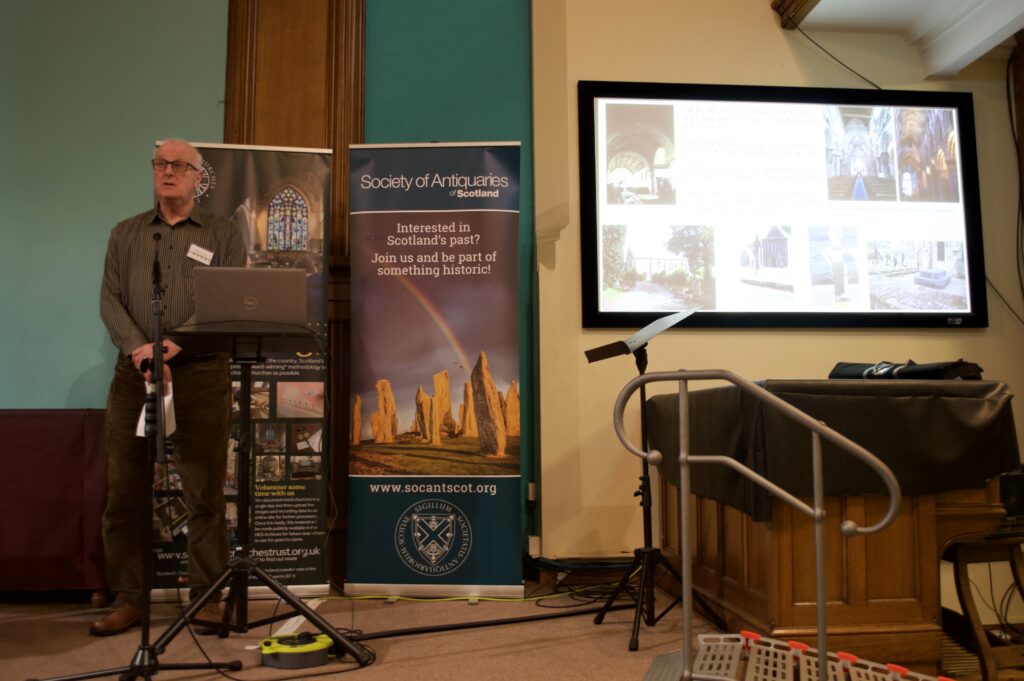
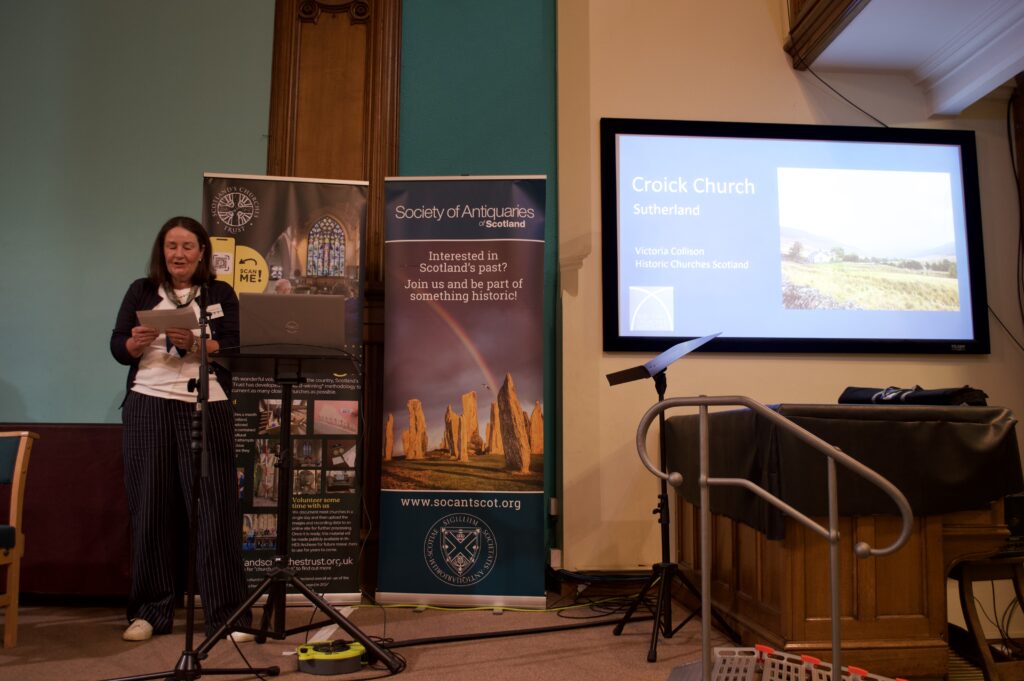
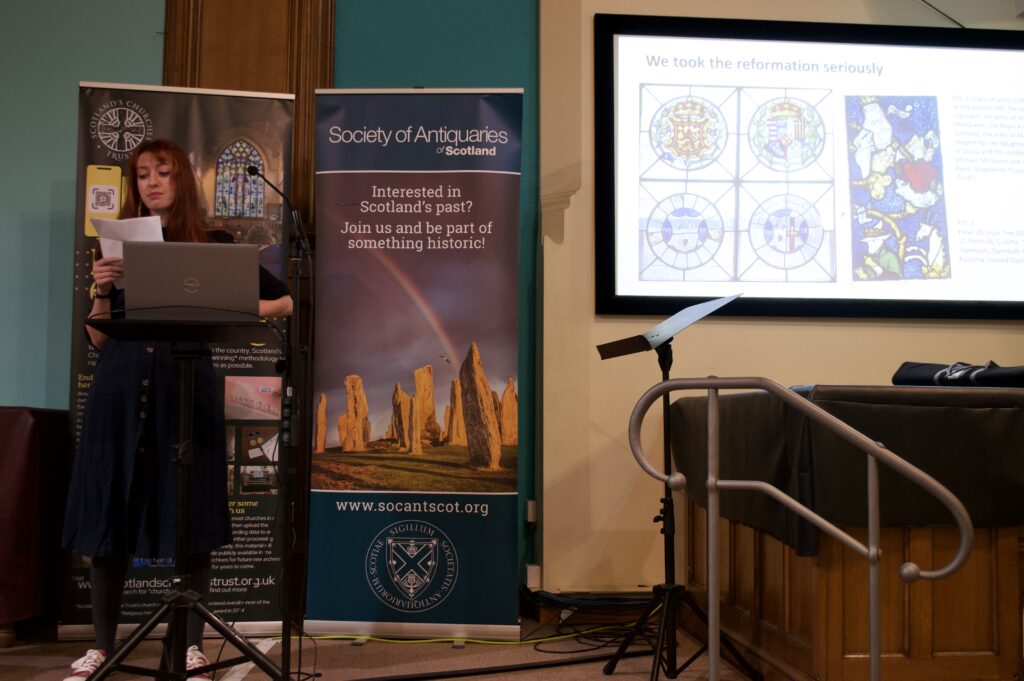
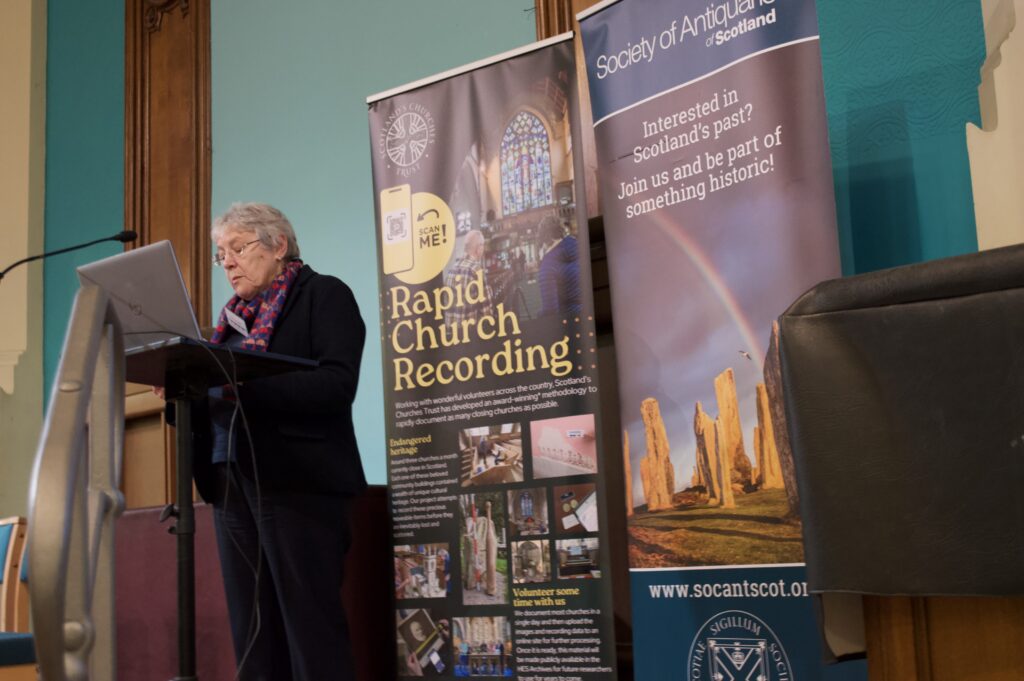
Next Steps for Research in Action on Church Heritage
The symposium was just the beginning. Through upcoming fieldwork, contributions from our Action Group and working with communities, we will continue to explore how Scotland’s church heritage can be understood, valued and sustained for the future.
Thank you to all who joined us, whether in Edinburgh or online – we’re excited to continue our work and see where it takes us next!
